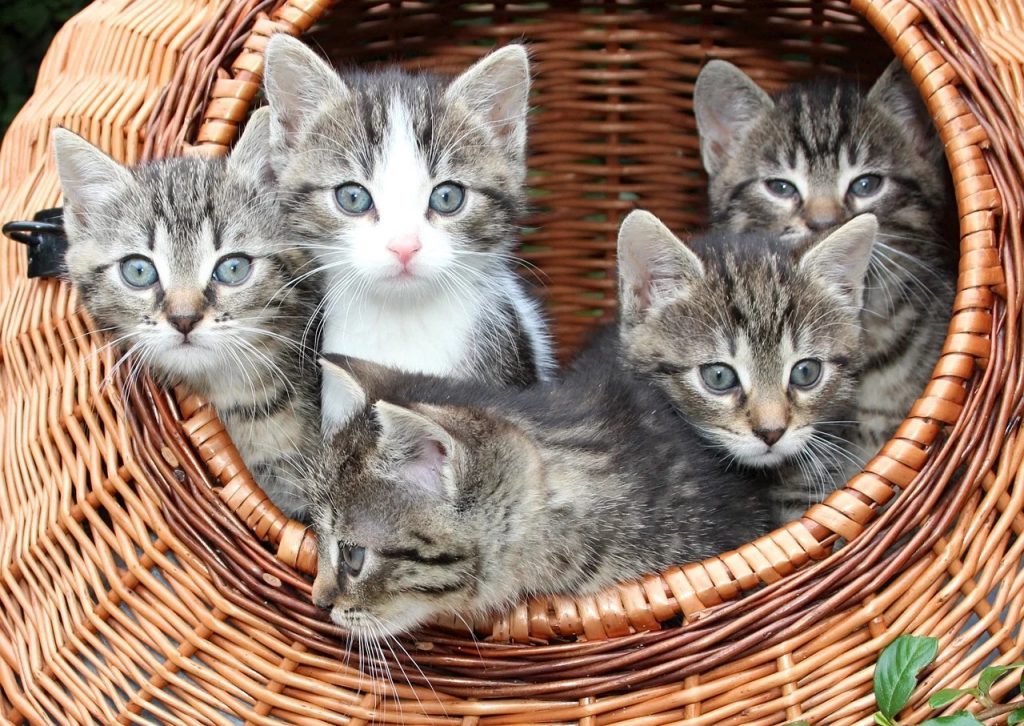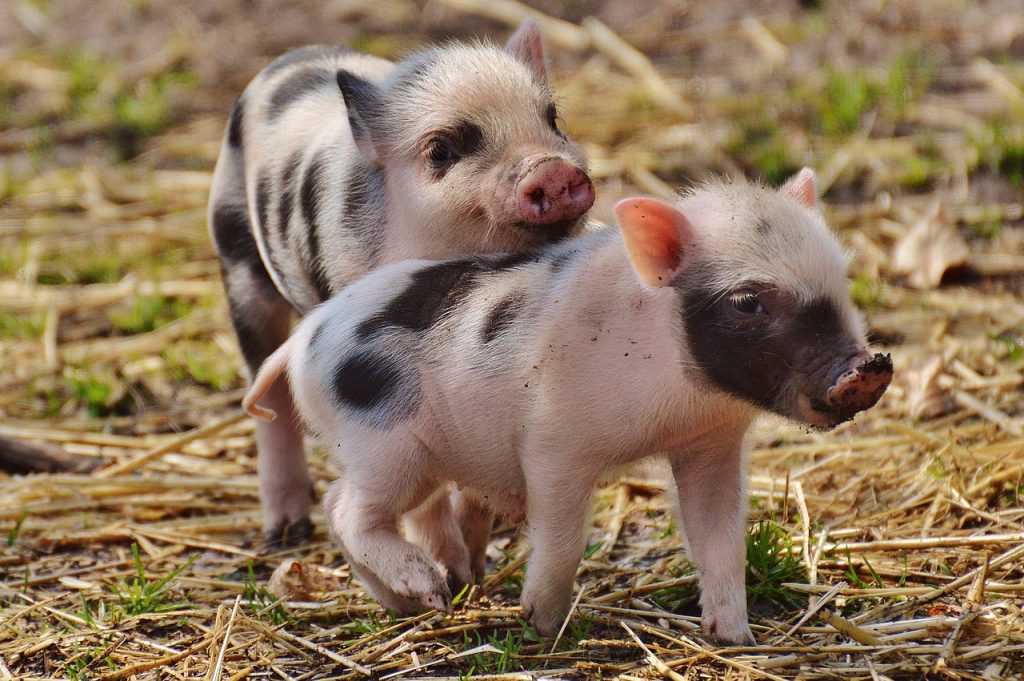
A long while ago, I directed a small nonprofit that focused on supporting the Vietnamese and other immigrant and refugee communities. A question that I got asked constantly was “Why aren’t you merging with the other nonprofit that is focused on supporting the Vietnamese and other immigrant and refugee communities?” Right, because having TWO whole organizations focused on these populations, even though these orgs are geographically separated by miles and do different things, is one too many in a tiny village like Seattle.
Fast forward a few years, I am now having coffee with a program officer, trying to convince this funder to give more money to organizations led by Black, Indigenous, Latinx, and POC communities. “I am not sure that aligns with our priorities this year,” said the program officer, sipping coffee slowly while the laughter and chatter of folks around us reverberated as golden afternoon sunlight streamed through our windswept hair (This was before the pandemic, so I might be romanticizing it a bit). “But, we are open to supporting nonprofits if they are thinking of merging.”
Continue reading →




